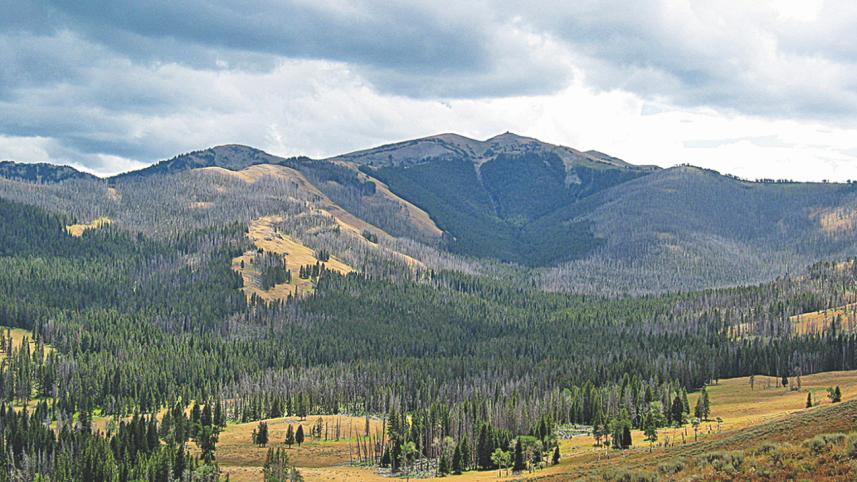A President to Admire

These days the American president is on everyone's mind. But today I want to talk about a past president whom I admire greatly - Theodore Roosevelt, the 26th president of the USA.
Roosevelt was president from 1901-1909. Born in New York in 1858, he was a frail child who suffered from asthma, but with his strong belief in physical fitness and a strenuous lifestyle, he was able to overcome his weak health. Besides President, he served in other important roles including Vice President and Secretary of Navy. As chief of New York Police Department, he was able to stamp out corruption that plagued the department. While in this role, he met and influenced the photographer Jacob Riis who was documenting child labourers in New York. The photographs of Riis and another photographer, Lewis Hine, did much to abolish child labour in the US.
Today Roosevelt is perhaps best remembered for his motto “speak softly and carry a big stick.” These words, originating in a West African proverb, formed a philosophy of foreign policy which emphasized intelligent forethought and timely action before issues became crises. Roosevelt was awarded the Nobel Peace Prize in 1906 for his role in ending the Russo-Japanese war.
But my admiration of Roosevelt stems from his love of nature. From childhood he was interested in outdoor activities. Later in life, he became an avid outdoorsman and a hunter. In this role, he did much to preserve the American wilderness. He was responsible for setting aside many million acres of land for preservation. Earlier in life he had been a rancher, but that business failed in part due to overgrazing. Therefore, Roosevelt was acutely aware of human impact on land and acted accordingly.
Roosevelt was also interested in birds since childhood and established the first bird sanctuary in the US. Having spent much time in the field observing birds and animals he had little patience with armchair writers and scientists who floated theories about nature without adequate observation. One such author was the artist-naturalist Abbott Thayer who promoted a grand unified theory of animal colouration, claiming (among other things) that flamingos have their pink colour because it helps camouflage them from predators when flying during sunset. Roosevelt, who had observed plenty of flamingos, took time out from his presidential campaign to write a 100-page journal paper demolishing Thayer's theory.
Some of Roosevelt's achievements seem superhuman. In 1903 he visited Yellowstone National Park and neighbouring areas and gave 263 speeches in eight weeks covering 14,000 miles. On New Year's Day, Roosevelt's White House was opened to the public and he shook hands with all who came and stood in line, earning the reputation of the fastest handshaker in history averaging fifty grips a minute. Not an intellectual sissy either, his collected works span 23 volumes on history, warfare, nature, biography and other topics.
Roosevelt influenced many but who influenced him? One such person was the conservationist John Muir. After reading Muir's book, Roosevelt travelled from Washington all the way to California and spent three days camping with Muir in Yosemite valley. The time they spent with each other profoundly affected both men. Upon returning to Washington, Roosevelt set aside Yosemite as a federal park.
Roosevelt died in his sleep in 1919 at the age of 67. An admirer commented that it was good that he died while asleep because if Death came for him when he was awake, it surely would have been a terrible fight.
facebook.com/tangents.ikabir



 For all latest news, follow The Daily Star's Google News channel.
For all latest news, follow The Daily Star's Google News channel.
Comments